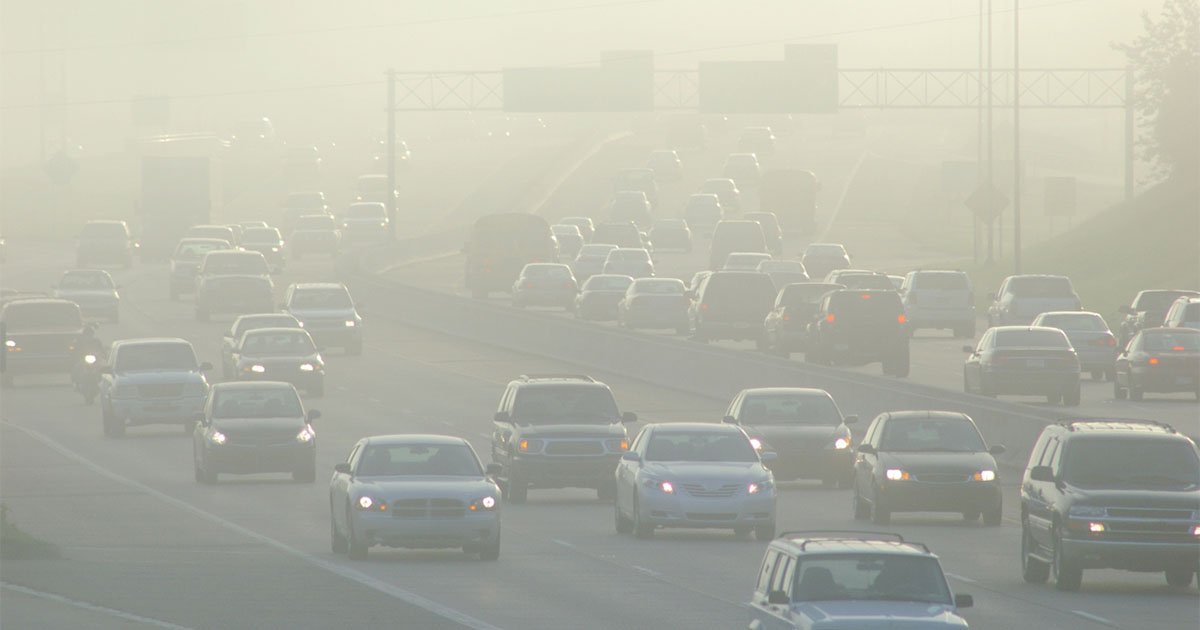Nearly 10% of people in the United States suffer from some form of chronic respiratory disease (CRD), which can include asthma and chronic obstructive pulmonary disease (COPD). On top of that, 135 million Americans—a third of the population—live in counties with air that is considered unhealthy. Poor air quality is not only a major driver of chronic respiratory disease, it is also inequitably distributed across populations. As a recent study noted, “the burden of air pollution is not evenly shared,” with people of color and lower-income communities more likely to live in areas with poor air quality levels.
A new $1.7 million 5-year study funded by National Institute of Environment and Health Sciences and led by the University of Minnesota (UMN) School of Public Health (SPH) aims to unpack the relationship between these factors by analyzing how exposure to polluted air interacts with pre-existing health conditions to exacerbate disease outcomes in people with pre-existing respiratory illnesses. Specifically, researchers will investigate how individual characteristics such as age, race, smoking behavior, or comorbidities may interact with neighborhood-level disadvantages like poverty, racial segregation and poor air quality to understand how these combined factors contribute to disparities in health outcomes for people with CRD.

Utilizing a database of over 26 million electronic health records from the Veterans Health Administration spanning nearly two decades (2000–2019), researchers will investigate three principal aims:
- Estimating the risk of mortality from acute air pollution among populations of people with CRD. Researchers will estimate the risk of daily air pollution exposure on mortality among individuals with various CRD conditions, accounting for specific individual risk factors such as age, sex, race, and comorbidities.
- Evaluating the effect of individual vulnerabilities and neighborhood-level inequities in mortality risk for people with CRD. Researchers will evaluate the combined effects of personal vulnerabilities and neighborhood inequities to understand how community-level factors like poverty and racial segregation influence mortality risks.
- Estimating associations between air pollution exposure and underlying causes of mortality. Researchers will investigate the relationship between air pollution and specific mortality causes to provide insights into the underlying mechanisms through which pollution may disproportionately impact health in people with CRD.
“By inflaming airways, triggering asthma attacks, and increasing the risk of infections, ambient air pollution can exacerbate negative health outcomes for people living with chronic respiratory disease,” says Jesse Berman, SPH associate professor and principal investigator on the project. “But we know that air pollution exposure is highly inequitable, with communities of lower socioeconomic status and higher racial and ethnic diversity often experiencing disproportionately higher levels of pollution. By studying the impacts of air pollution on specific communities, this research seeks to provide evidence that can inform environmental justice policies and assist policymakers in ongoing debates about air quality regulations.”
Collaborators on the project include Christine Wendt from the UMN Medical School and Veterans Health Administration, Arianne Baldomero from the UMN Medical School and Veterans Health Administration, Mark Fiecas from SPH Division of Biostatistics and Health Data Science, Len Kne from UMN’s U-Spatial , and experts in environmental epidemiology from the Yale School on the Environment.

